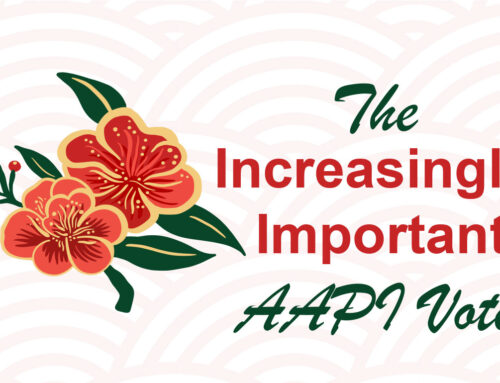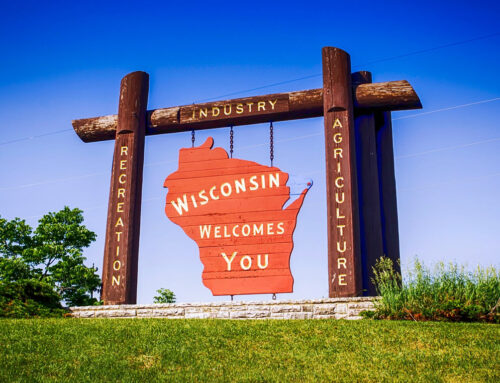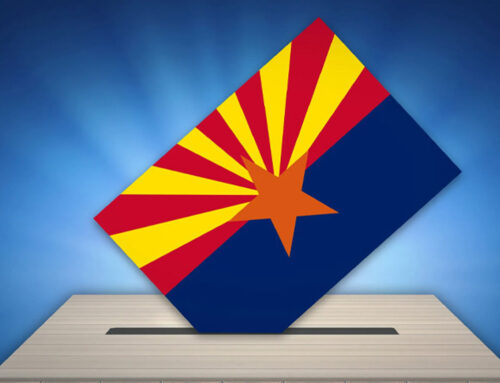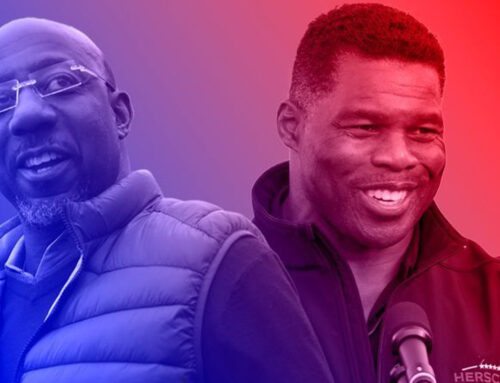As we make the quick pivot from this past weekend’s South Carolina primary to the first (and biggest) multi-state contest in the Democratic nominating process, there are already tea leaves to be read regarding Democratic intensity and enthusiasm.
14 states hold primaries tomorrow, along with caucuses in American Samoa. But in reality, most of these elections started days, if not weeks ago. As of today, more than 6.7 million votes have been cast across these Super Tuesday states. It’s worth noting here that not all of those votes were cast in the Democratic primary. Some states report which party’s ballot a voter completed, while others do not. At this point we can say at least 2.89 million early votes have so far been cast in the Democratic Primary across the Super Tuesday states. That’s almost 3 times the total votes cast across Iowa, New Hampshire, Nevada, and South Carolina combined.
While there will be many more votes cast on Election Day, it’s important to keep in mind that the results in these Super Tuesday contests will be lagging indicators, of a sort, in that such a large share of the votes cast will have been cast before the South Carolina primary took place, as well as before Pete Buttigieg, Amy Klobuchar, and Tom Steyer withdrew from the race.
So if we put these early votes under the microscope, what can we learn? Last week I noted that we were seeing a large share of these early votes coming from voters who didn’t cast a ballot in the 2016 general election.
That caught my eye, given that primary voters historically tend to be more “regular” voters – with extensive history of voting in past elections. So seeing a large group of lower propensity voters struck me as worth further exploration. What’s more, these early, non-2016 voters were more likely (by about 11 points) to be a person of color than the overall universe of early Super Tuesday voters, suggesting a surge in intensity among these key voters (remember that turnout among people of color lagged in 2016, especially among younger black men).
So let’s update those stats – we’ve collected about 1 million additional early ballots since this tweet, totaling 2.89 million Super Tuesday early ballots in the Democratic primary. Of those votes, 12.6% (or 361,601 votes) came from people who didn’t vote in the 2016 general election. The biggest surge of these new voters is coming from Colorado (15.5% of all Dem early votes), California (14.8%), and Texas (13%). Of these 3, I’m most impressed by Texas, given that it’s a state that has far less of a culture of early voting than California (where most votes are cast early) and Colorado (which votes entirely by mail).
This leads us to an interesting question: who are these newer voters who are engaged enough in this Democratic primary to cast an early vote? I heard from a lot of people in response to my tweet last week asking if this was just younger voters who weren’t eligible to vote in the 2016 election.
Let’s look at an age breakdown of the 361,601 Super Tuesday surge voters:

So we’re seeing these surge voters clearly skewing younger, with 23.1% under the age of 25, but that doesn’t tell the whole story. 36.4% are over the age of 50, suggesting we are also seeing engagement from people who simply stayed home in 2016.
Looking at the race/ethnicity of these Super Tuesday surge voters is fascinating – 44% of those early voters who did not vote in 2016 are people of color. Compare that to 33.8% of those early voters who did vote in 2016. This suggests we are seeing increased intensity among Democratic people of color.
At the state level, again, I’m seeing the most interesting trends in Texas. Among the early voters who cast a ballot in 2016, only 39.7% are people of color. But when we look at those Super Tuesday surge voters in Texas, a majority of them are people of color: 51.9%!
I’ll be watching the results tomorrow night, along with most of you, I imagine. If I see anything interesting, I’ll be sure to tweet about it, and we’ll be sharing a more in-depth analysis of turnout as we continue to collect the vote history for these primary elections.
Thanks again for taking the time to read our newsletter. If you have any questions, comments, or ideas of other things we should be exploring, just reply to this message.





